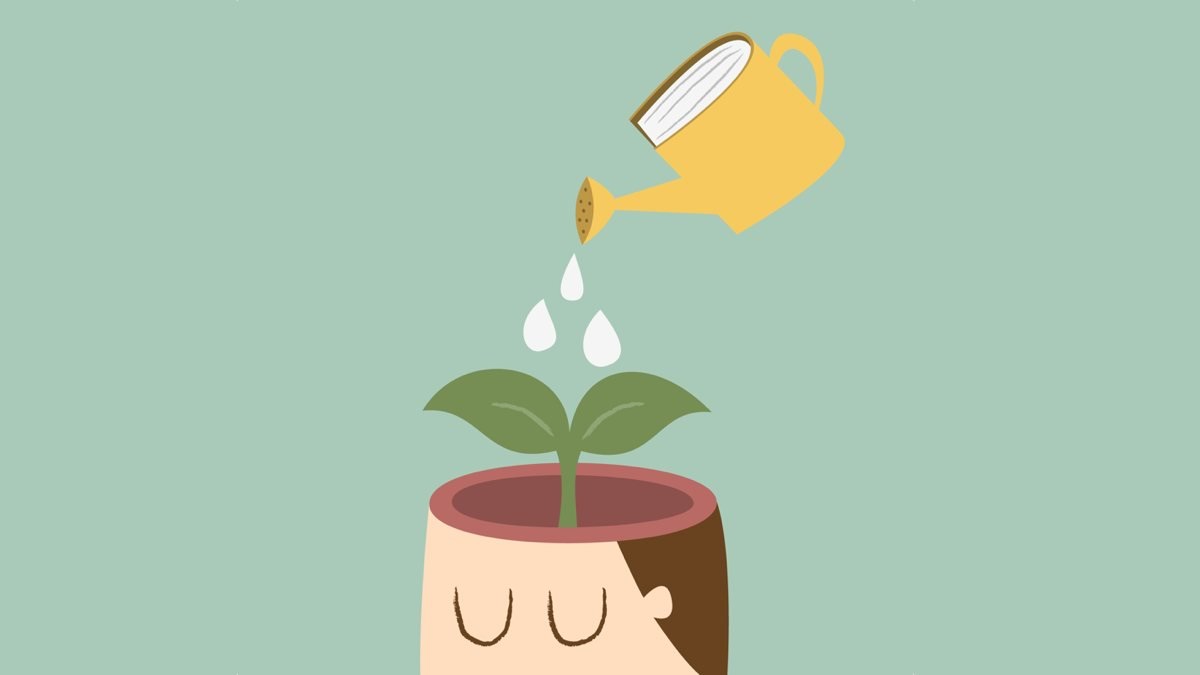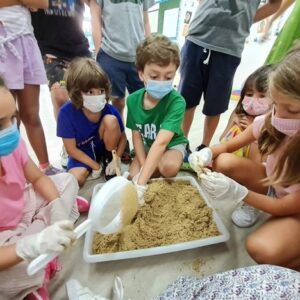Learning Readiness
There is a lot of work that goes into student learning before they ever reach the classroom. Often this is referred to as Learning Readiness. How do we know when children are ready to learn? How do we help prepare them to learn?
In 1943, American psychologist Abraham Maslow published “A Theory of Human Motivation” that includes what we now refer to as Maslow’s hierarchy of needs. He described 5 levels of human needs, arguing that some of the needs need to be met before attention can be turned toward others. His 5 needs starting from the most crucial are physiological, safety, love and belonging, esteem, and self-actualization.

What does this mean for learning? Looking at the pyramid above, learning takes place within the top tier of self-actualization. That means for children to be ready to learn, before they step foot into a classroom, other needs have to be met. This starts with the initial tier of physiological needs: if children are not stepping into the classroom having had a healthy breakfast and at least 8 hours of sleep, we are setting them up for failure.
That is because readiness to learn is more than just knowing the alphabet, having the newest Macbook, or the possibility of failing grades. It means that a child has motivation and confidence to learn, as well as some readiness skills. The motivation and confidence are a part of a healthy mindset that is developed through being responsive to all areas of a child’s development: physical, emotional, social, cultural, language, and thinking. Having confidence in the process of learning comes from a healthy state of mind.

Here are some quick practices families can use to help prepare their children to be ready to learn.
- Ensure that their physiological needs are being met everyday with healthy diets and plenty of rest.
- Ensure that their psychological needs are being met by talking (and listening) to them everyday, acknowledging what they are doing well (even if you expect them to do it), celebrating effort when they are not doing well but trying, and reminding and demonstrating to them that they are loved.
- Ensure that their self-fulfillment needs are being met by participating in their learning through meeting their teachers, talking about their classes, reviewing Edmodo or their Google classroom together, allowing them to struggle at times, discussing your own struggles, supporting them to follow their interests, and demonstrating that learning is more than a grade or a ticket to university, it is a lifelong pursuit.
Here are some quick practices teachers can use to help prepare their children to be ready to learn.
- Create a growth mindset in the classroom where student effort is emphasized rather than intellectual ability
- Incorporate mindfulness into the classroom before lessons and assessments to prepare students for learning
- Thinking of yourself as more than a content provider, but being actively involved in helping children develop and grow
All children can learn. Is your child ready?
Cody Alton
Director of Student Support Services



